The importance of continuing to develop fine motor skills in and beyond the pre-school years...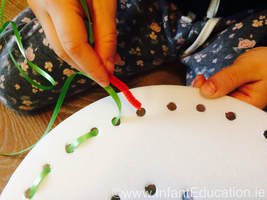
I believe it is our fellow pre-school educators who are the experts in this area. It wasn't until my daughter went to play school that my eyes were opened to the wonderful range of fine motor activities that were available to help her specifically develop her fine motor skills. I realised then, just how important it was that we continue to develop these skills when children arrive in junior infants before we make any attempt to teach letter formation. In this post I set out to compiled a selection of fine motor activities that will help infants develop their fine motor skills as well as hand-eye coordination, while also making them a little more challenging and fun by integrating them into our early maths and literacy learning. Building the muscles in their hands and fingers does not stop when we begin to teach letter and number formation either, teachers should develop these activities, integrating more hands on tasks into children's learning as an alternative to worksheets and workbooks.
Anyone of these activities make the prefect maths or literacy station for morning or afternoon work. They are also perfectly playful Aistear activities should the children choose to incorporate them into their learning during the Aistear hour. I keep these activities stacked nicely in boxes, easily accessible for the children to take and return as they play.
Cutting
Cutting materials such as card, paper or even vegetables will offer different levels of resistance. Card is an easy starting point for children new to cutting as it will be easier to achieve a straight, controlled cut. I collect all my birthday and occasion cards and add them to the cut and stick box. The children love cutting out the colourful pictures to add to their own picture.
Weaving and Sewing
Weaving and sewing is a super way for children to practice their hand-eye coordination as well as control. You can use a baking tray to weave ribbon, pipe cleaners or wool through. Simply learning to sew is such a practical skill that every child should know. Here I punched some holes in a polystyrene pizza tray with a straw, a plastic peg board would work too. Using a pipe cleaner or paper clip as a needle is a cheap alternative to buying plastic needles. Add numbers to the holds for children to follow a number sequence is a more hands-on activity, beats a worksheet any day!
Spooning
Sound Station from Ms Murray on Vimeo. Punching Holes
I got a fantastic set of mini hole punches in Lidl as few years ago. They make the perfect activity for working those little hand muscles. Use them for punching paper and leaves and don't forget to use the little punched shapes for sticking activities. Toothpicks (plastic are better) or cob holders are perfect for punching holes along patterns and shapes just make sure you place them over a soft surface like a cork matt or polystyrene base. Don't forget to trace the indentations with little fingers for sensory learning, even stick them into scrapbooks/copies. By offering children tools with less surface space they are forced to use the pincer grip, practicing correct pencil grip.
Threading
Threading pasta, beads, cut pieces of straw, cereal hoops are the best way to discovering pattern during maths. These Nexus boards are an alternative way to encourage correct pencil grip and practice that push/pull movement necessary for good pencil skills. Threading the lace trough the tube is a super task for steady hands.
Pegs
Good old fashioned pegs are given a new lease of life in our classroom. They are perfect for that delicate pincer work. The activity above can be adapted in so many ways. Over the years I've build up a collect of lots of different large and mini pegs, which can be purchased in many of the value store including Sisters Green and Tiger.
Finger Painting
What child doesn't love getting messy with paint! (actually I can think of one or two) but it certainly is a activity loved by most children. Painting tricky little objects like pasta encourage the children to manipulate objects using the pincer grip.
Play-doh & Plasticine
Play-doh is probably one of the best loved muscle building activities in the infant years. By adding plenty of tools and manipulative you can encourage the children to bring more detail into their projects.
Sticking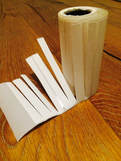
Junk Art is an invaluable work station during children's Aistear. Unfortunately today there is not enough opportunities for children to explore their imaginations through building with scrapes of junk. For Junk Art to work successfully the key is to teach them how to use the sellotape holder. I have purchased a heavy weight holder especially for Aistear and I teach them from day one how to use it without wasting tape. Some children like to pull the bit of tape they want and use a scissors to cut their tape and that's fine. I also offer strips of cut up sticky labels to sticking bits together.
Little fingers love to stick! I often incorporate a cut and stick art station into my morning work which include plenty of sequence and little bits and bobs. It is important to teach infants how to use the glue stick to avoid wastage particularly if you don't want those copy pages to stick together.
Building and Balancing
Offering children a good selection of different building materials of various sizes and weights gives the children an opportunity to work on building and balancing objects. This not only improves their fine motor skills but also concentration and body awareness. I offer lego, corks, straws, cardboard surfaces, marbles, wood blocks, foam... anything goes!
Finger Rhymes and Puppets.
I love doing finger rhymes with the children and I should do them more than I manage! I've mentioned before that teaching Tommy Thumb is one of my favourite activities for the early days in infants. We always have great fun trying to hold up the relevant finger on it's own (Rudy Ring is a tough one!) and practicing our 1-1 correspondence by having our fingers give each other a little kiss. We use the finger names learnt (Tommy Thumb & Peter Pointer: alliteration) many times to reference the index and thumb fingers.
Everyday practice for parents and teachers to encourage...
Encourage children to peel there own fruit from as early as possible... it is important that you teach them how to do it themselves. I might show them how to start it off but then I send them to the bin to finish it themselves. Same goes for opening food wrappers, putting on coats and doing up zippers. Here is a list of other activities to encourage children to develop these much needed skills.
Read the next post in this series on handwriting readiness, that follow children on their developmental journey to handwriting success!
Follow me on Facebook to be first to hear about new posts!
© InfantEducation.ie 2017. Unauthorized use and/or duplication of this material without express and written permission from this site’s author and owner is strictly prohibited. Excerpts and links may be used, provided that full and clear credit is given to InfantEducation.ie with appropriate and specific direction to the original content.
0 Comments
Your comment will be posted after it is approved.
Leave a Reply. |
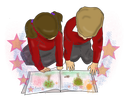
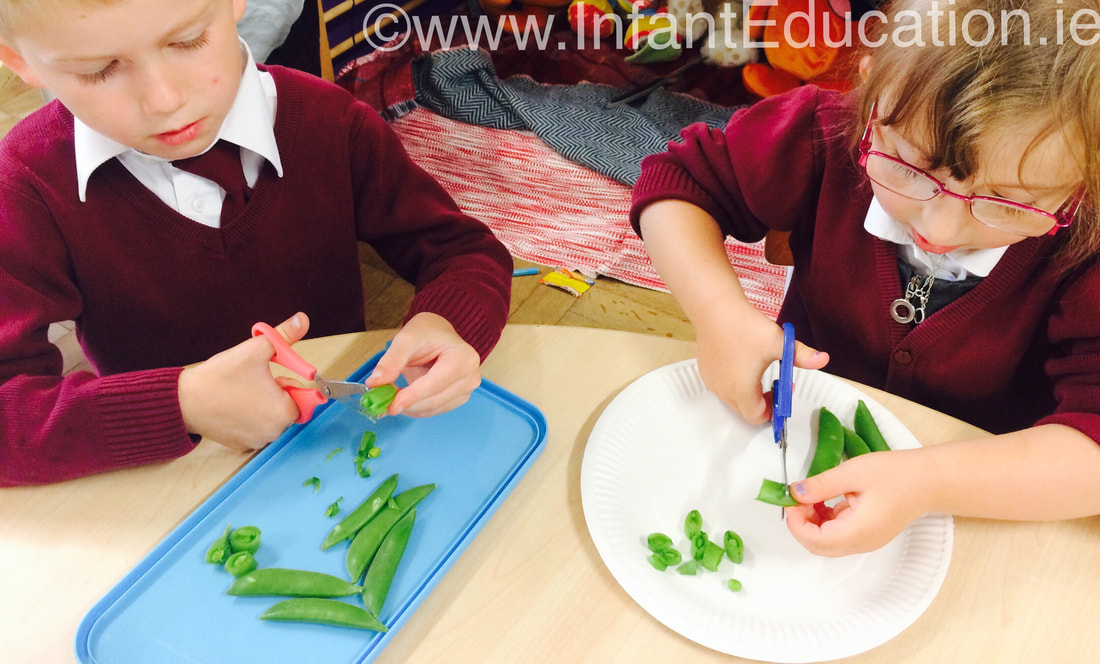
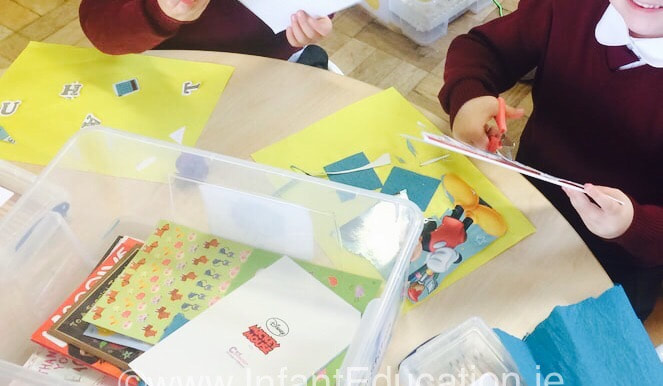
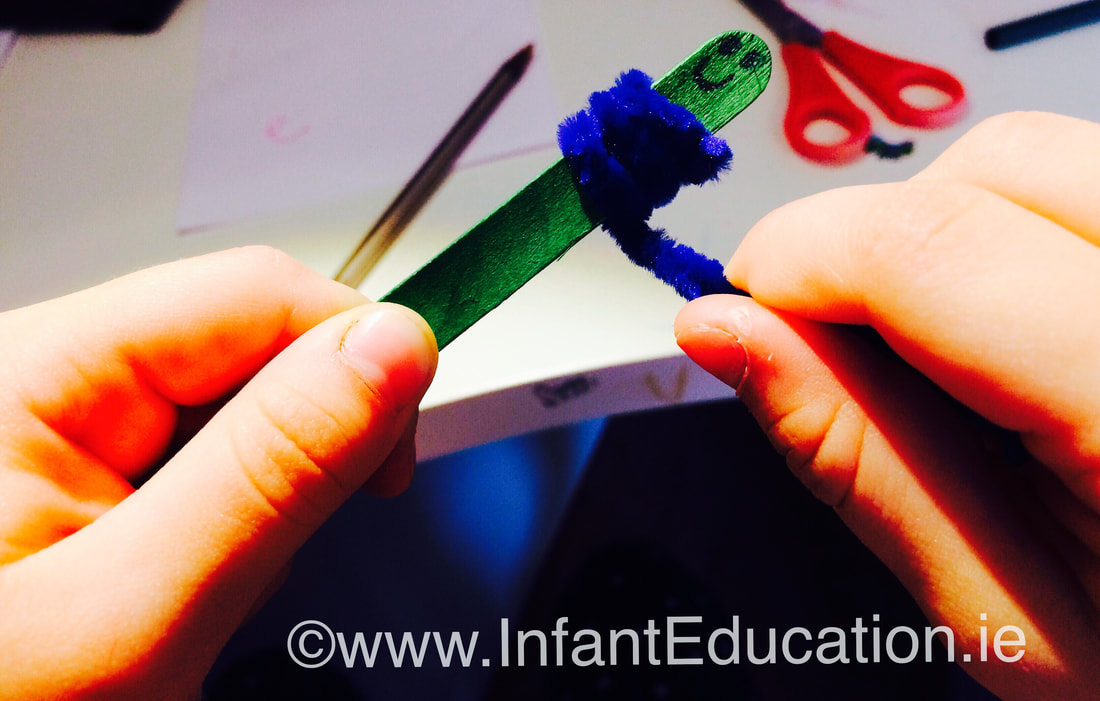
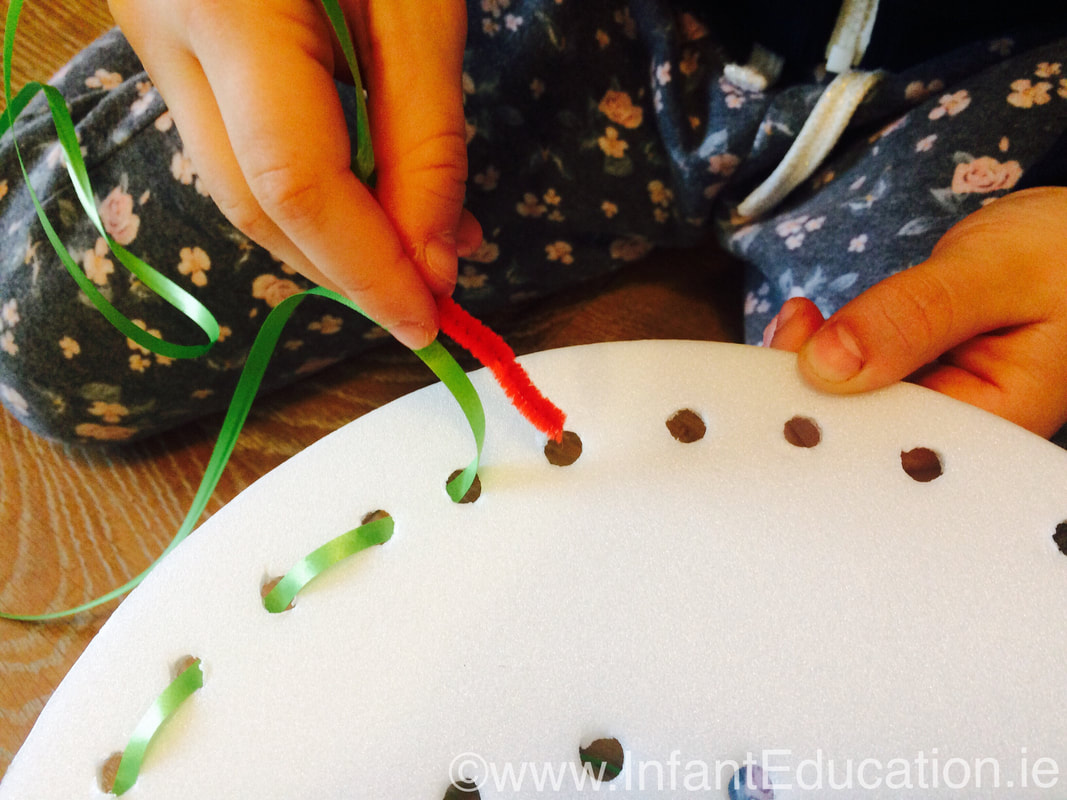
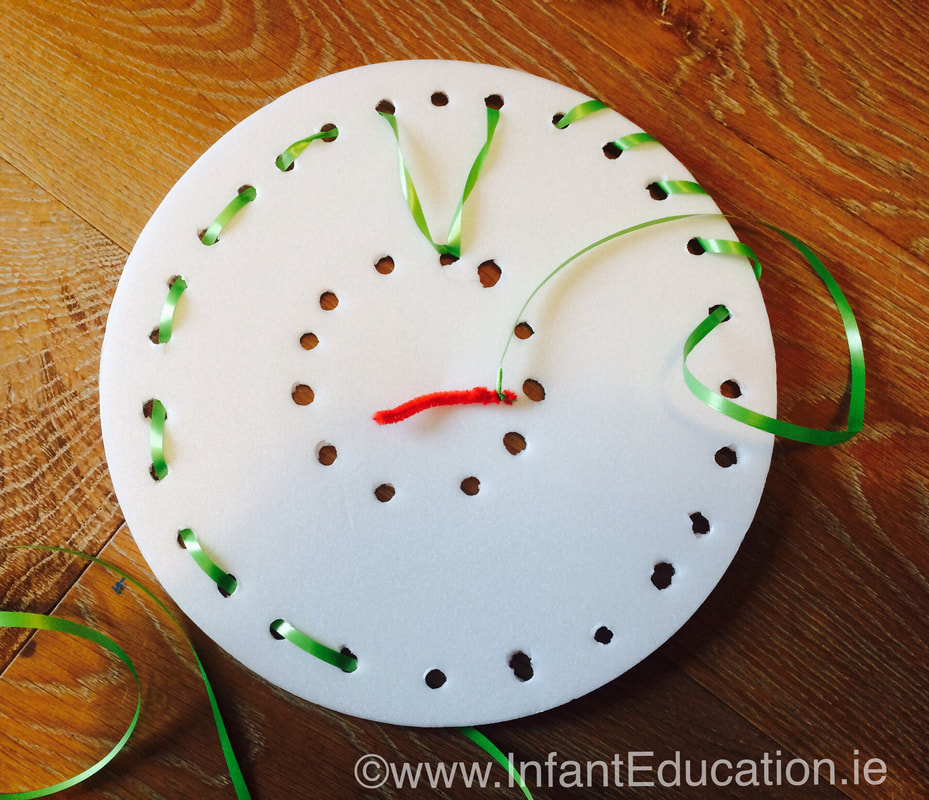
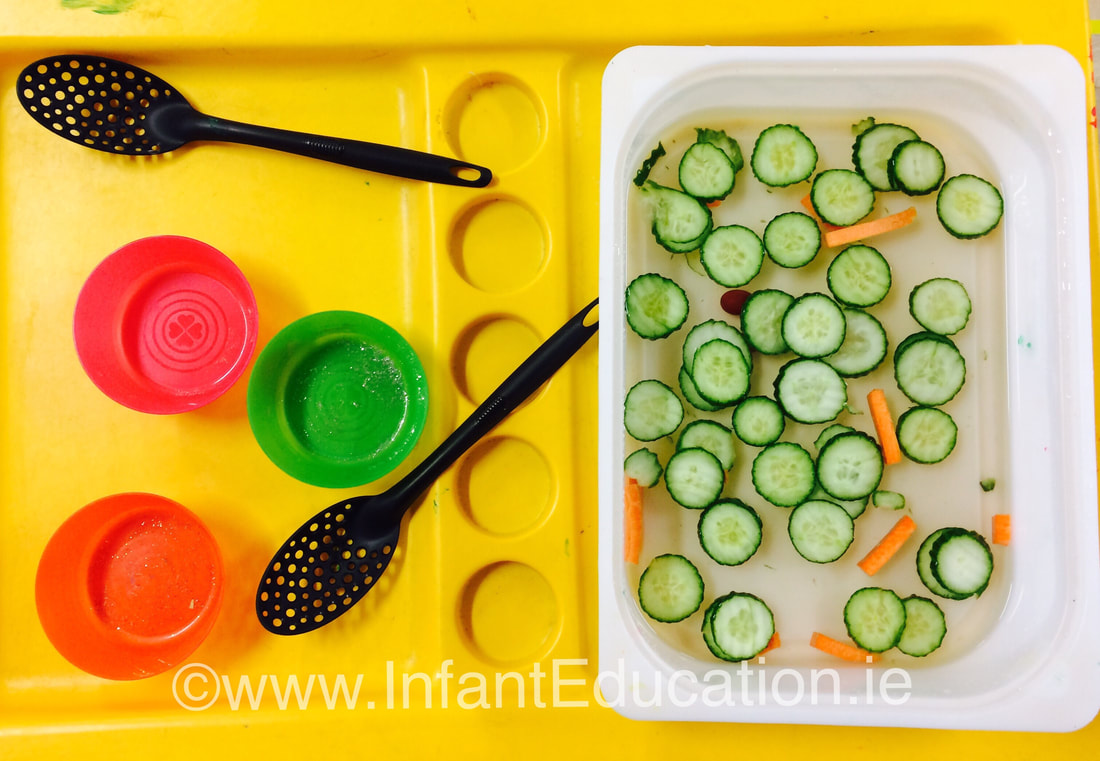
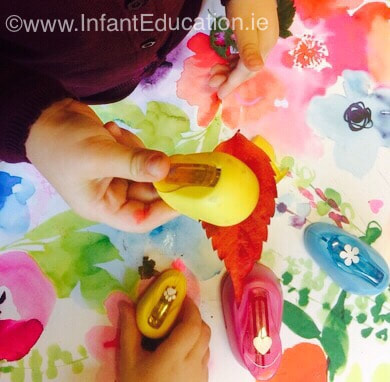
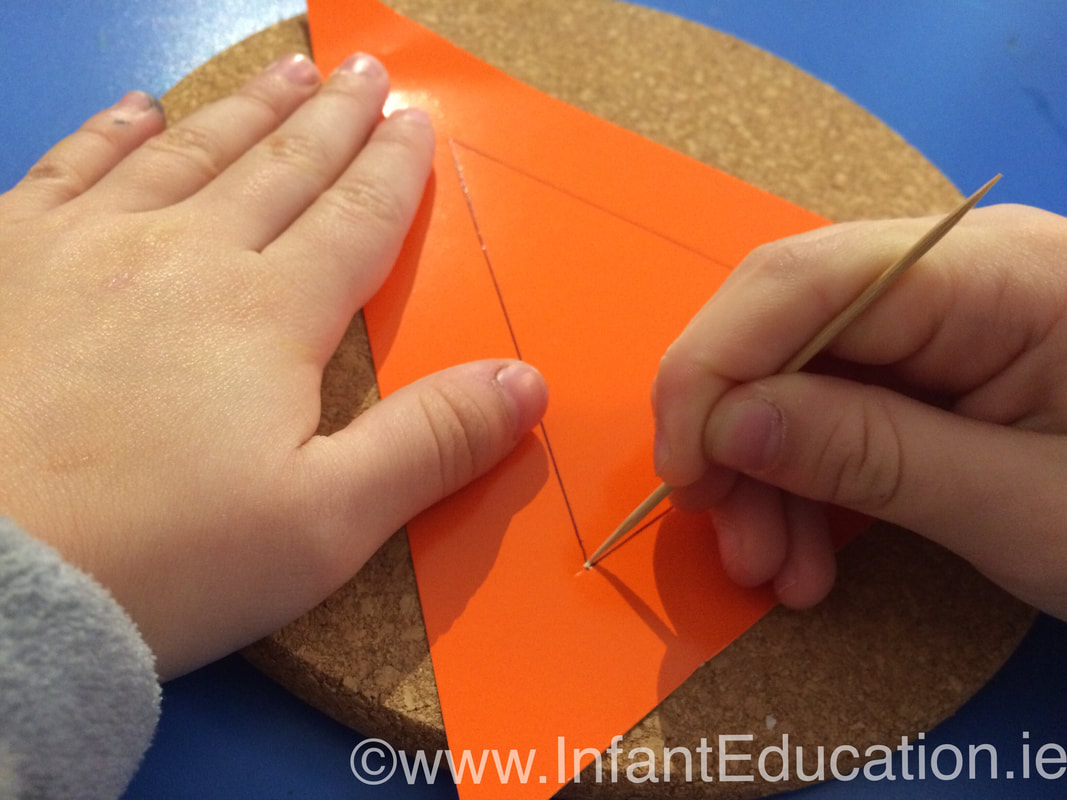
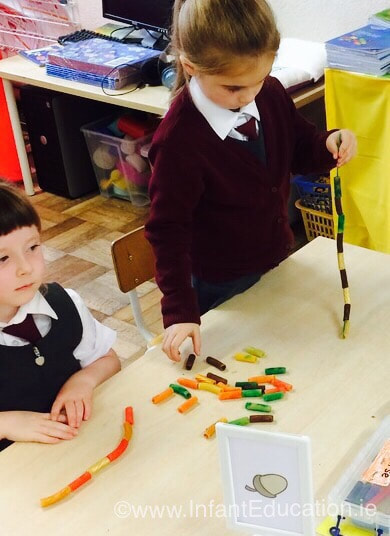
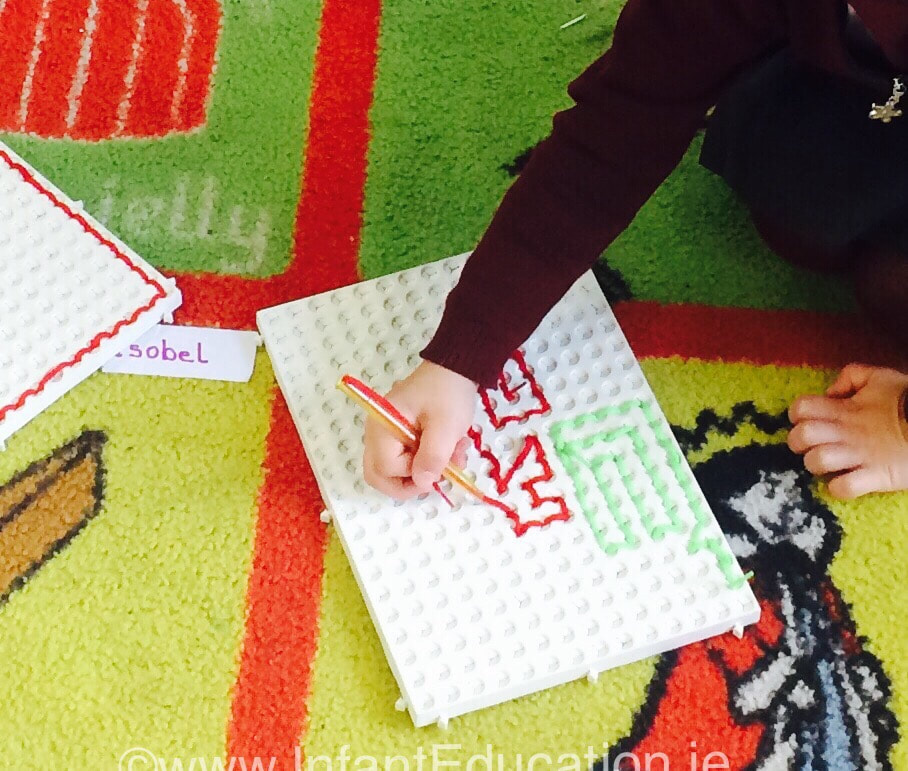
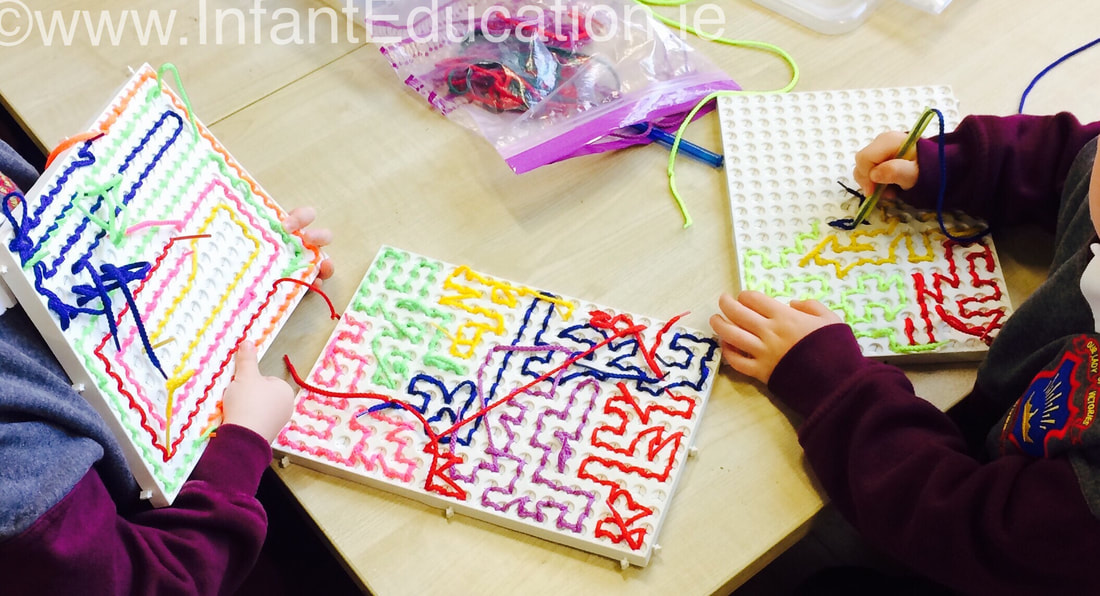
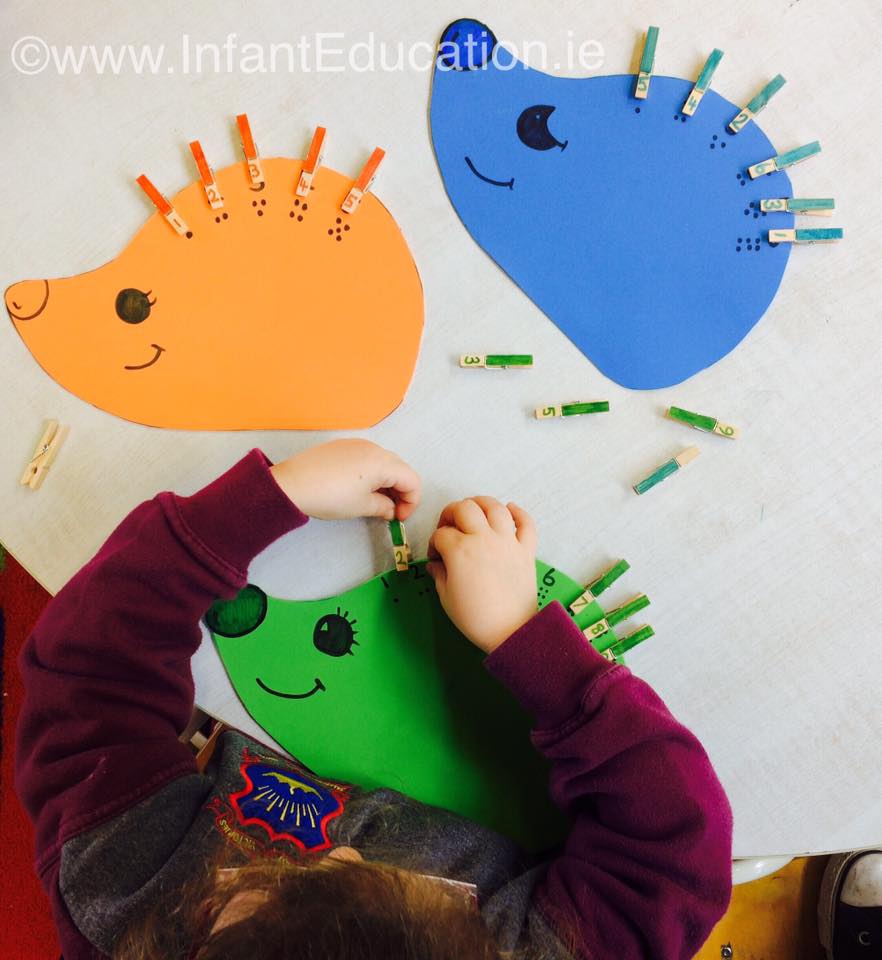
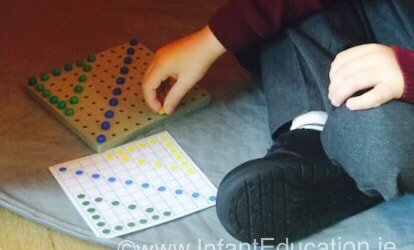
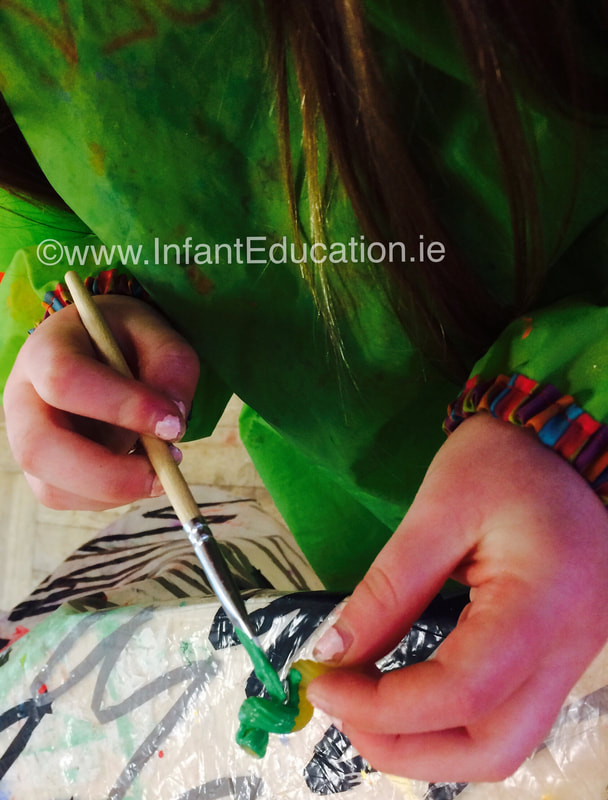
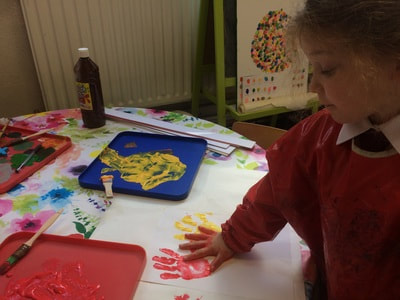
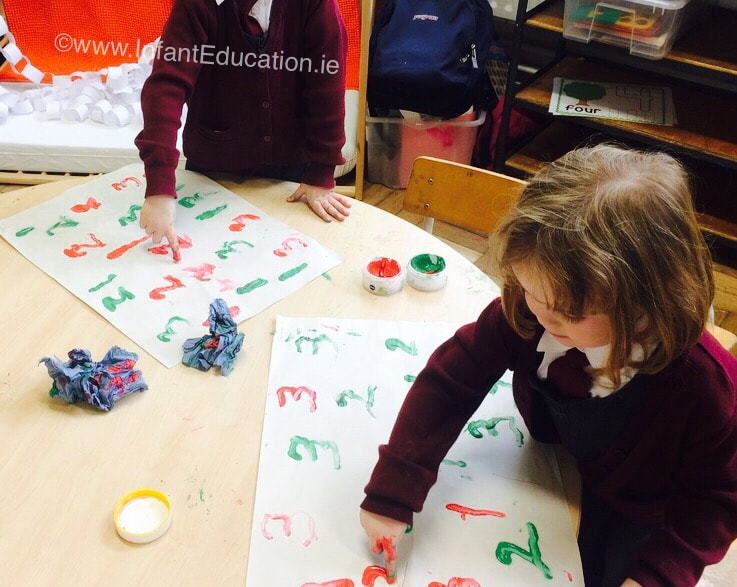
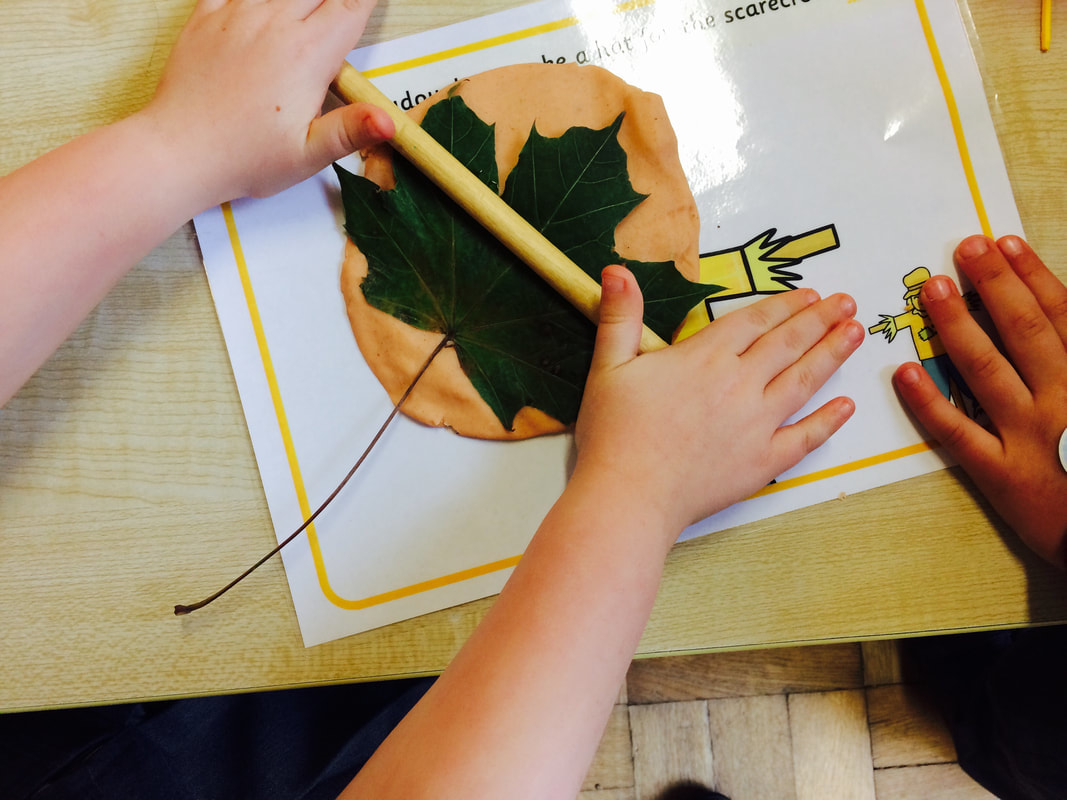
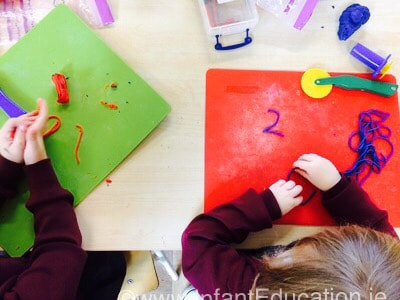
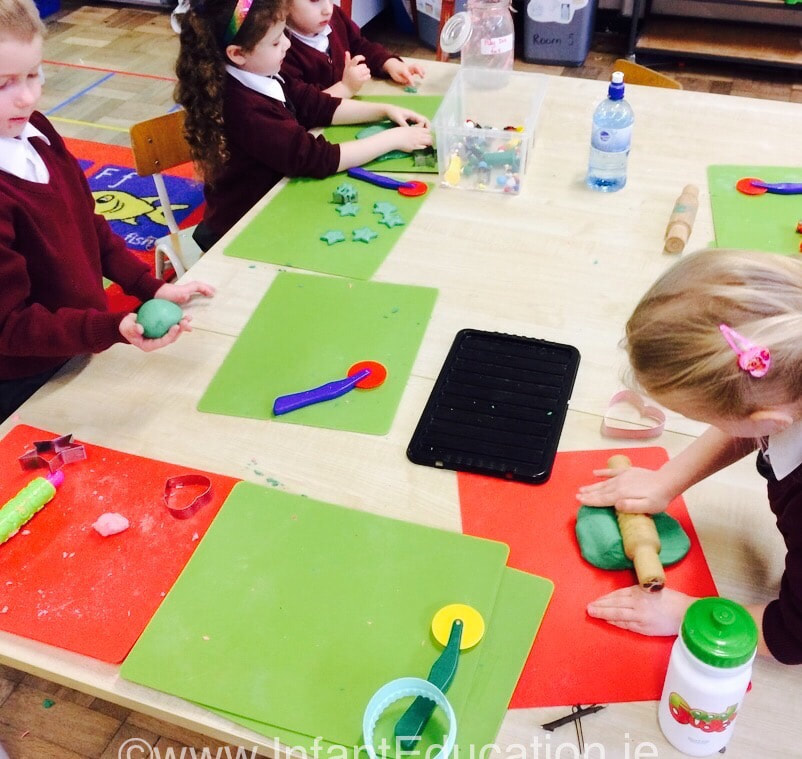
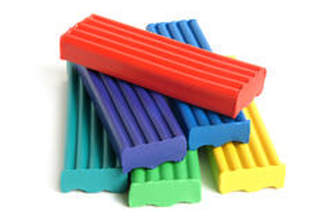
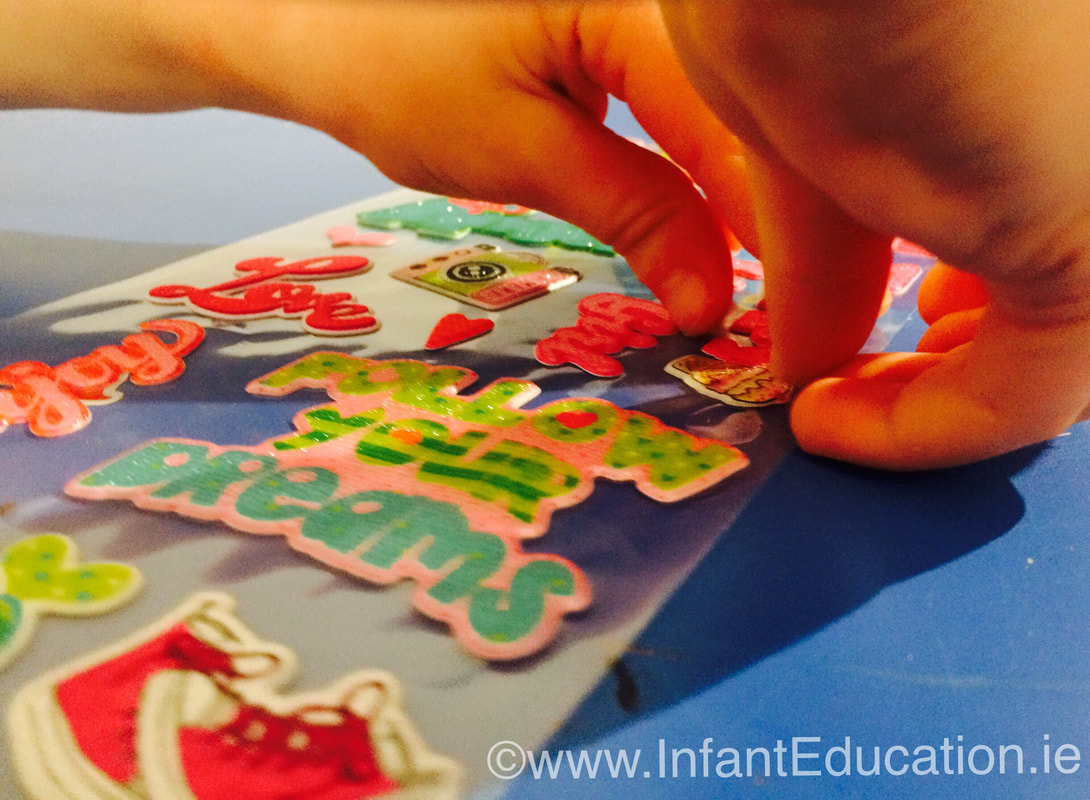
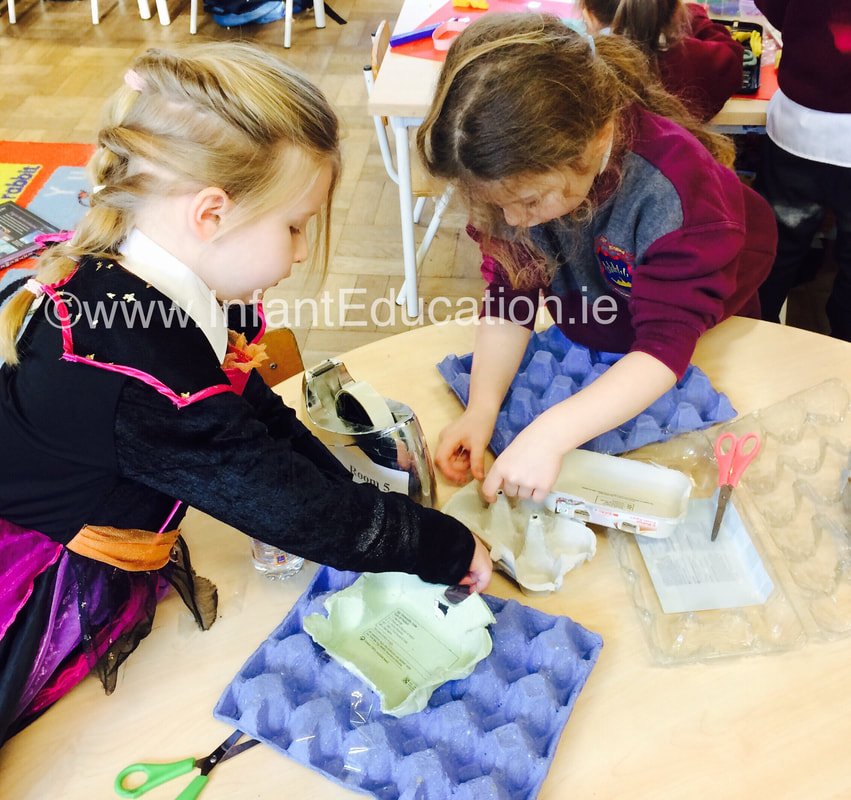
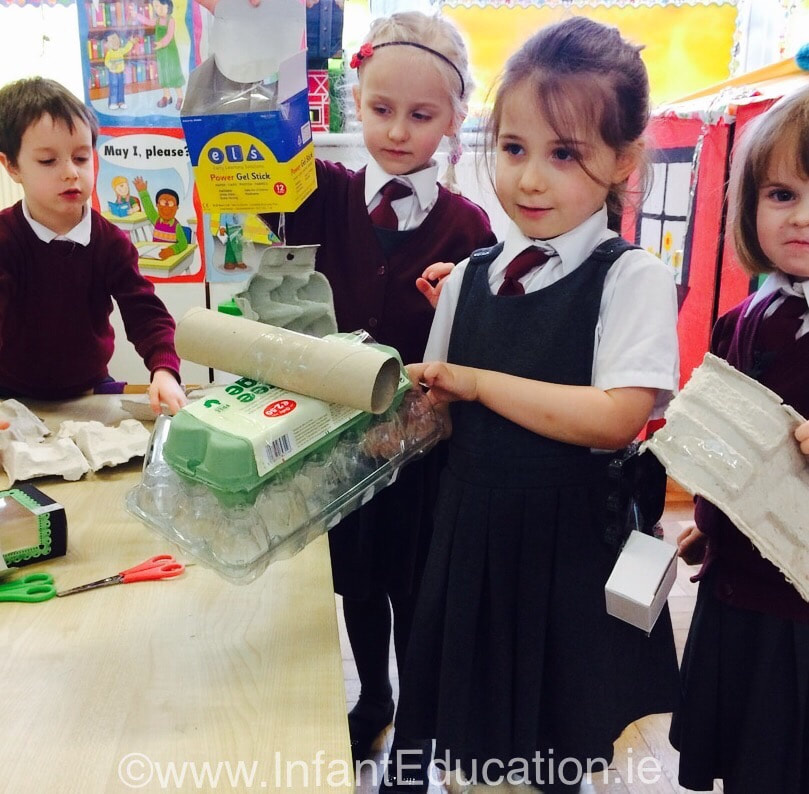
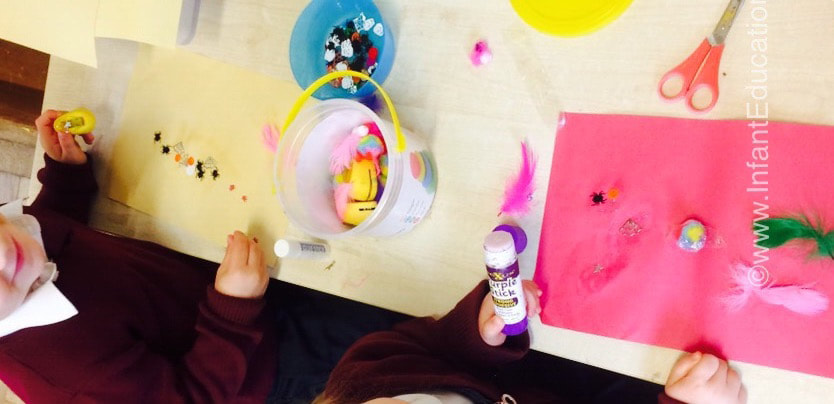

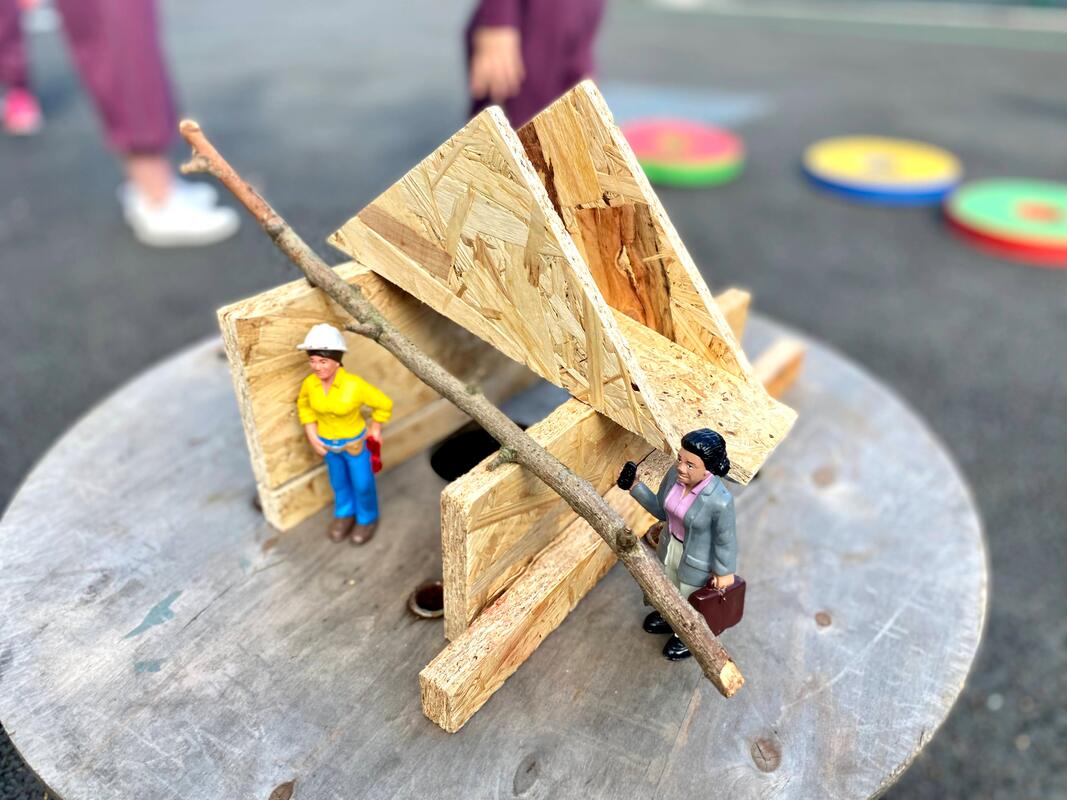
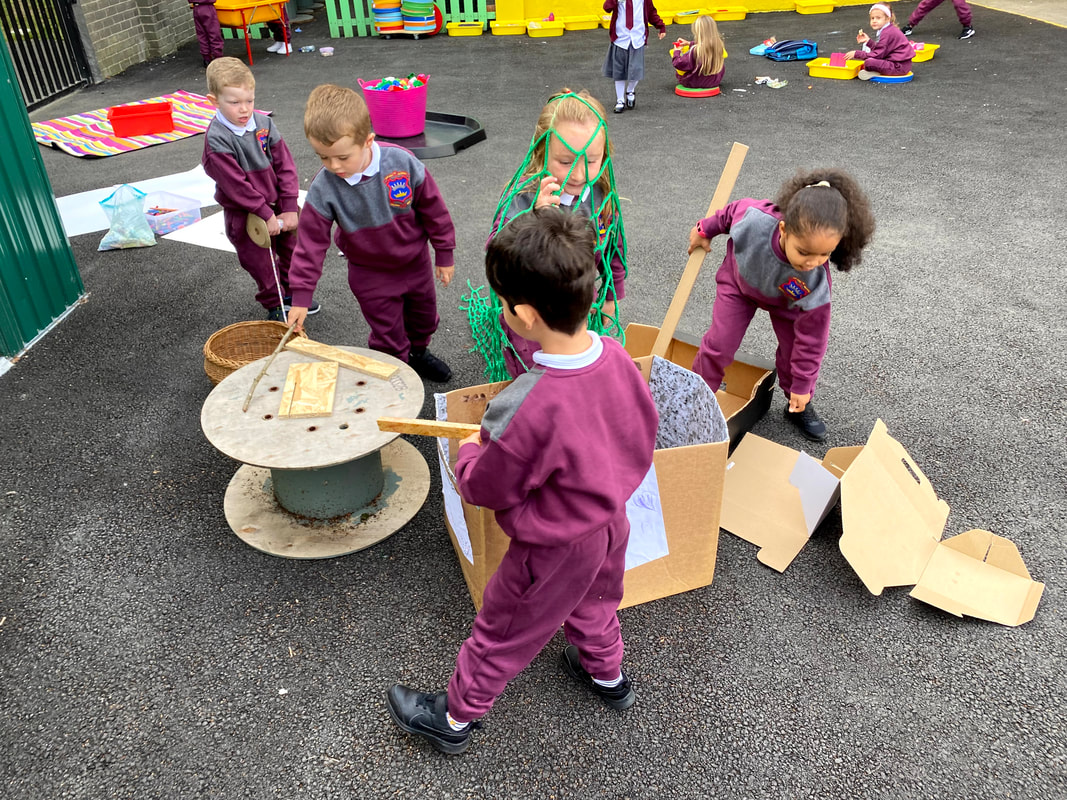
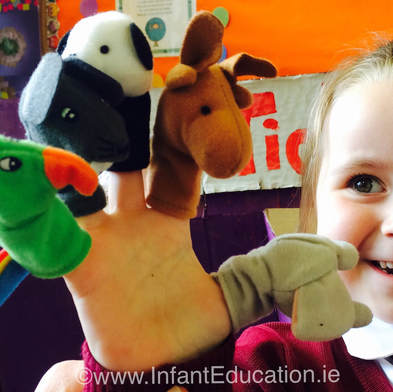
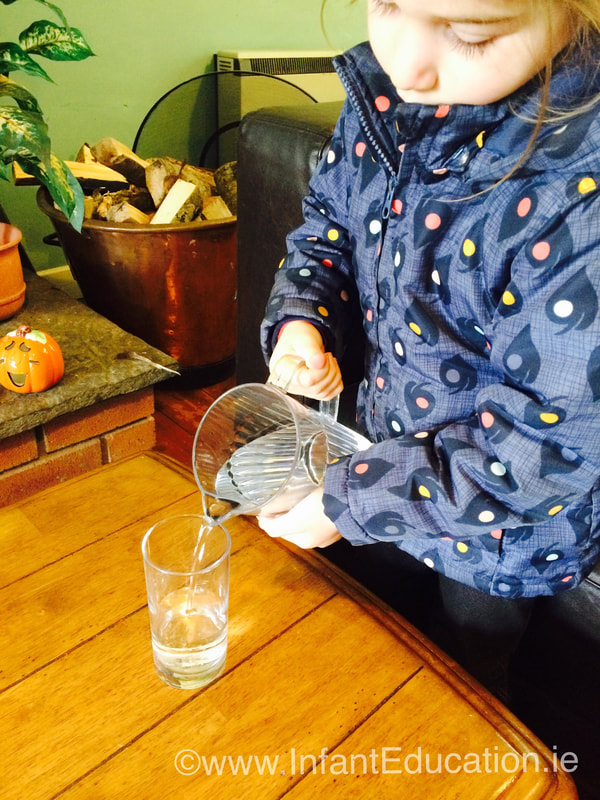
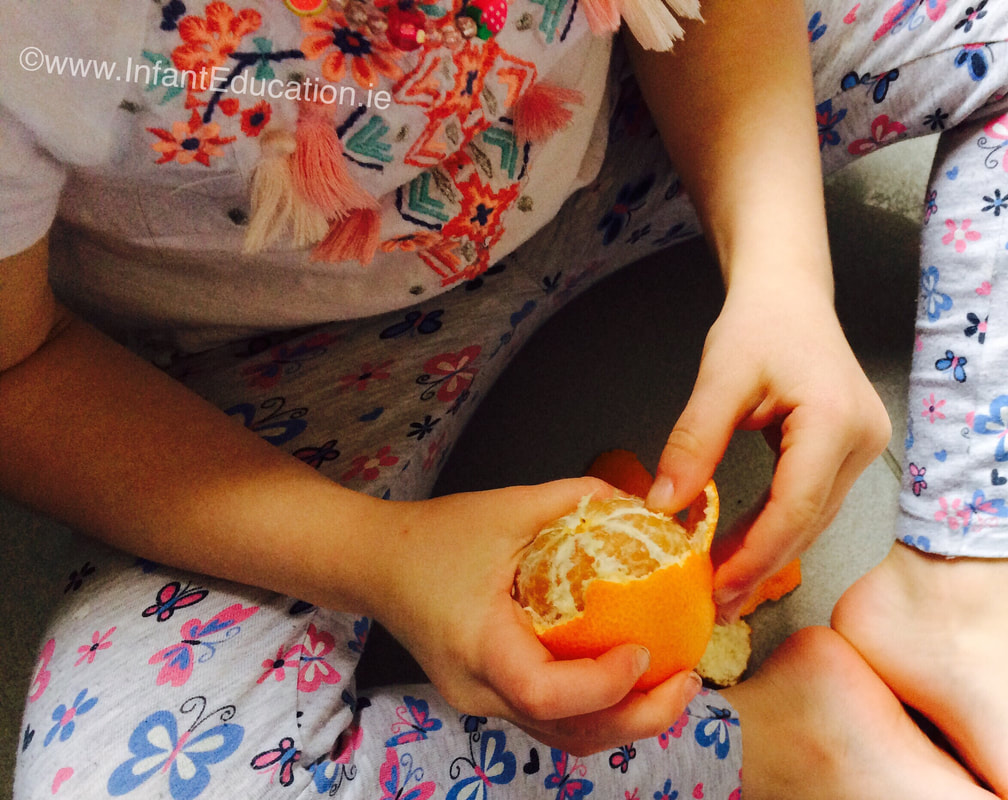
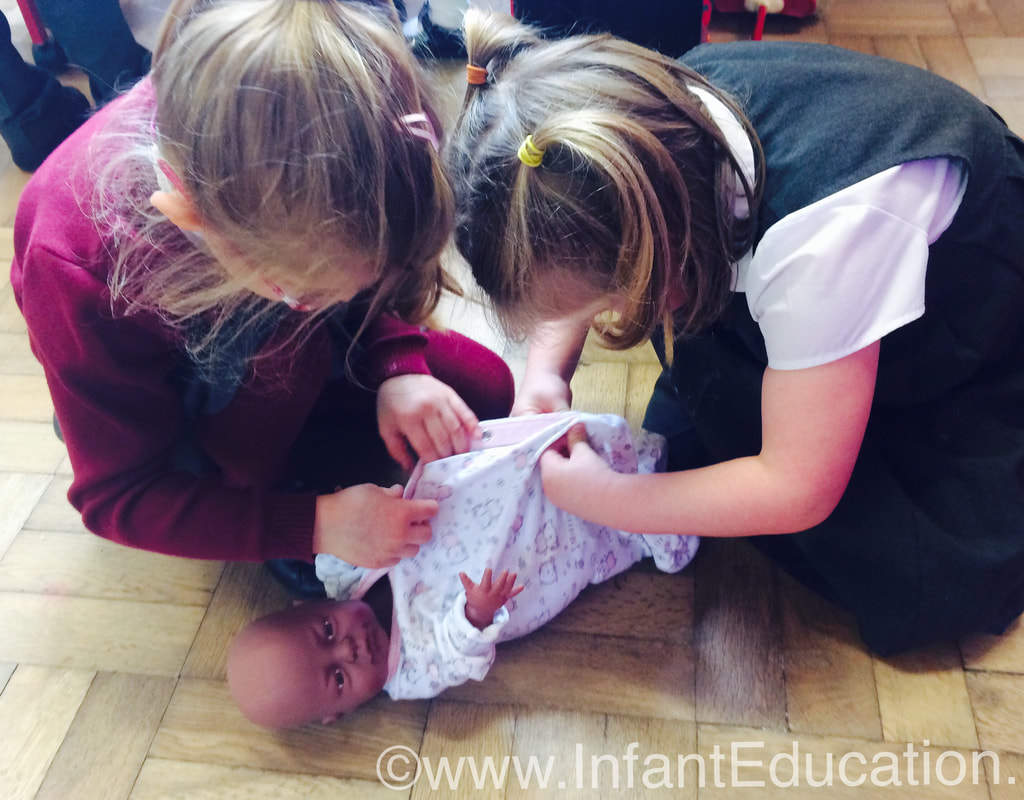
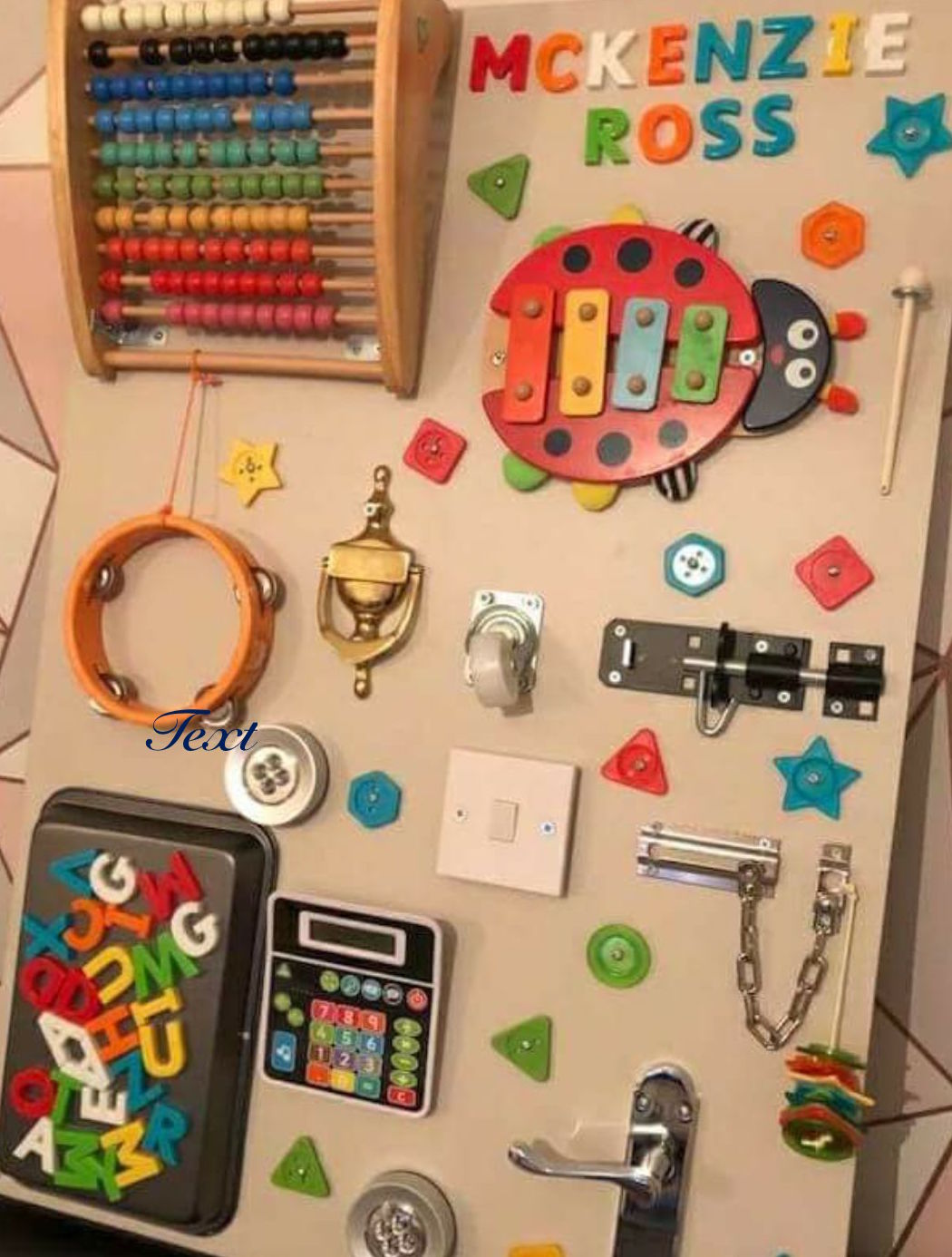
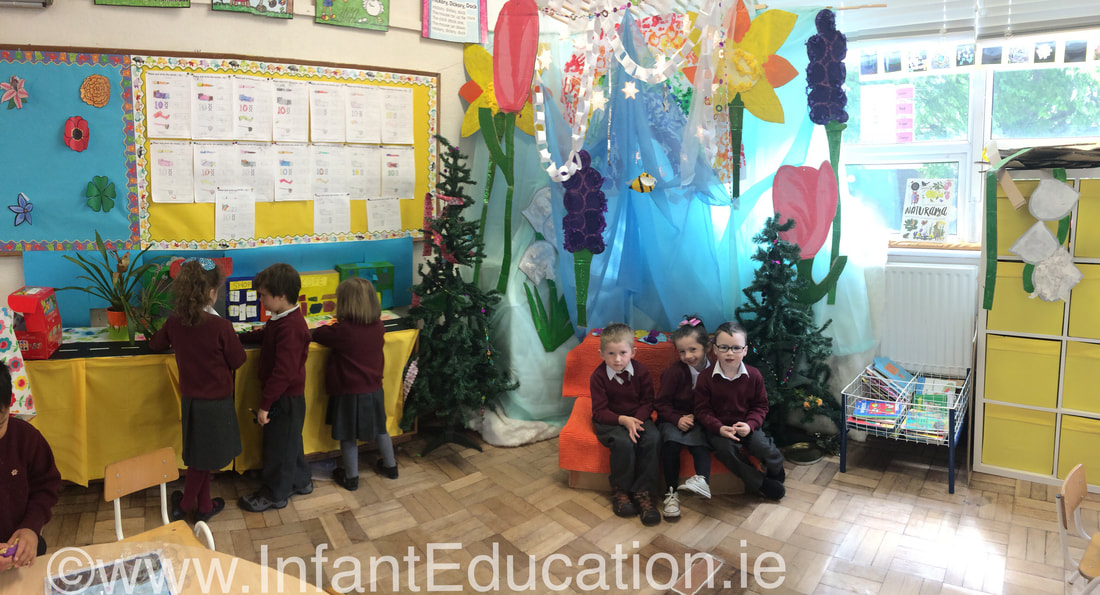
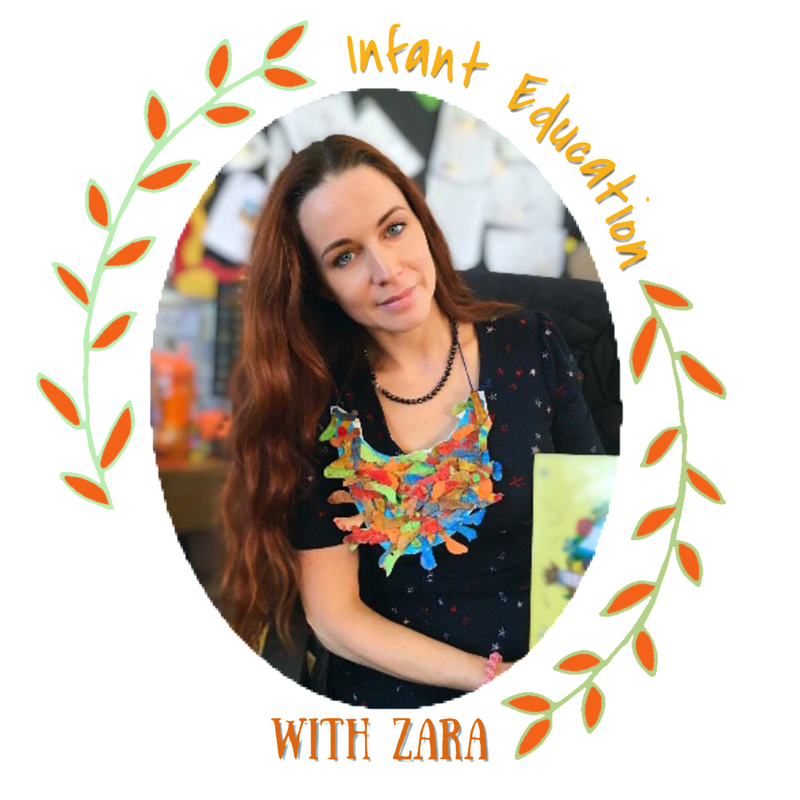
 RSS Feed
RSS Feed